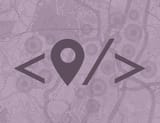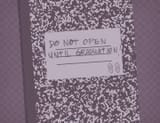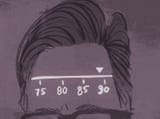
Hey Hoy!
Before I published a few posts and contributed to a podcast or two offering lo-fi career advice, I never got emails from strangers asking me for my opinion about their particular career dilemmas. Now I am receiving them with enough frequency that we might be onto something. So indulge me as we launch the first installment of “Hey, Hoy!” my (hopefully) semi-regular career advice column.
The theme for this week? Don’t keep your manager in the dark. They’re there to help you. Let them.








